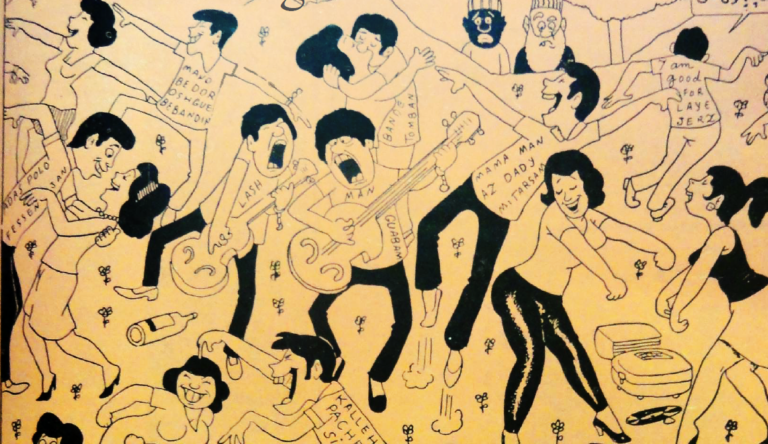This essay explores how a particular medium—the comic—exposes the limitations of conventional narratives about sīyāh bāzī (Persian blackface) and hājī fīrūz (a famous blackface figure). Many commentators disavow the racial connotations of sīyāh bāzī and hājī fīrūz, concocting pseudo-historical genealogies that link the improvisatory tradition and figure to pre-Islamic practices; commentators thus repress the tradition’s obvious resonances with the history of African enslavement in Iran. Through a close reading of a comic strip from a 1960s Persian periodical, I argue that historicism is an inadequate framework for adjudicating sīyāh bāzī’s racial or “nonracial” character. Instead, I suggest that cartoon Blackness is always already racial, since the comic form depends upon a process of simplification that is at the heart of racialization.
Articles by Parisa Vaziri
Parisa Vaziri is an assistant professor of Comparative Literature and Near Eastern Studies at Cornell University. Her forthcoming book, Racial Blackness and Indian Ocean Slavery: Iran’s Media Archive, explores Iranian cinema as a site of historical transmission for legacies of African slavery.
